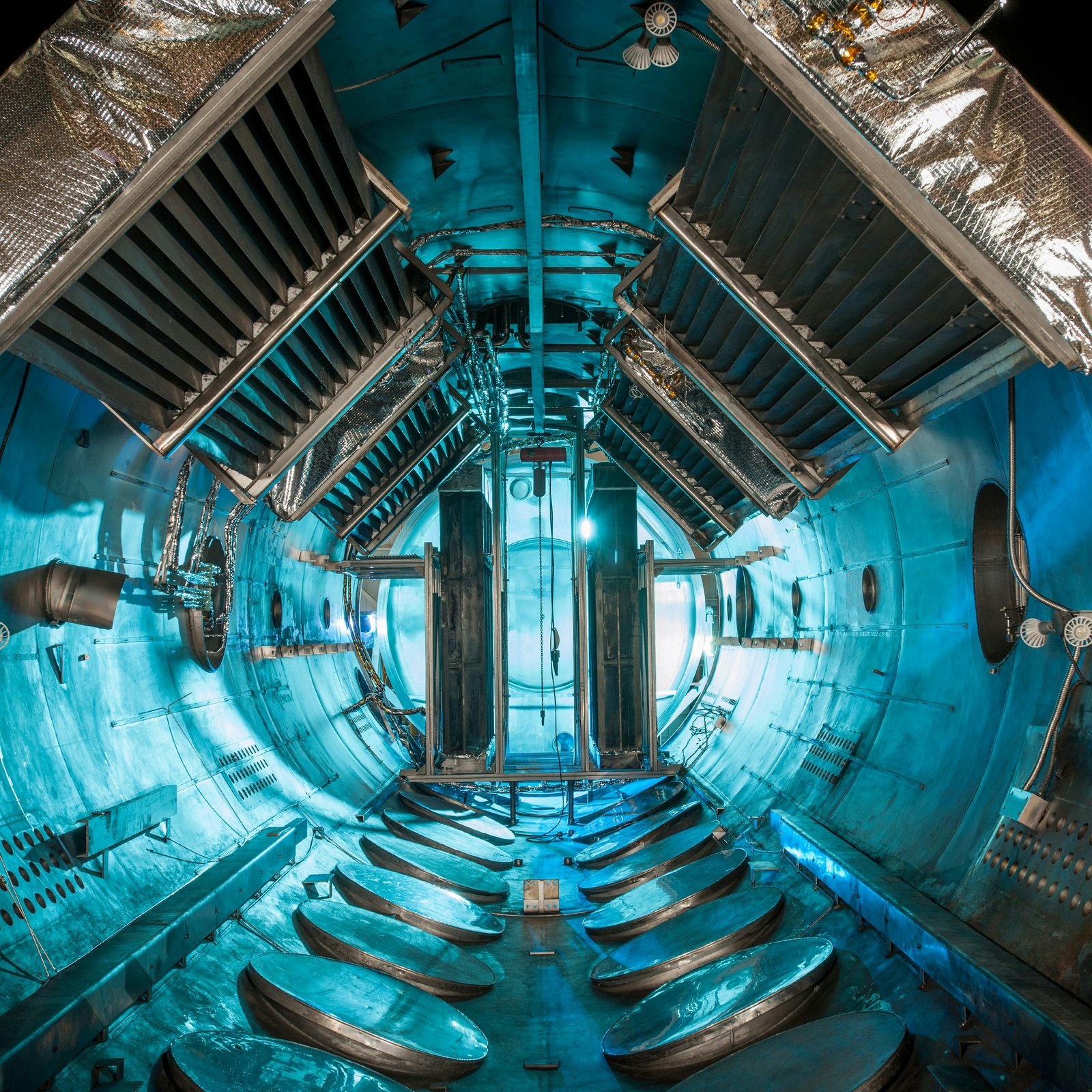Introduction to Space Technology in Agriculture
As the global population continues to rise, reaching an estimated 9.7 billion by 2050, the demand for food production intensifies. This burgeoning population exacerbates the existing challenges of food security, necessitating innovative and effective agricultural solutions. In this context, space technology is emerging as a crucial player in transforming modern agriculture, offering advanced tools and methodologies that enhance food production, management, and distribution.
Geospatial technologies, such as satellite imagery and geographic information systems (GIS), provide farmers and agricultural stakeholders with valuable insights into land use, crop health, and environmental conditions. These technologies enable precision farming, allowing for optimized resource utilization, improved crop yields, and reduced waste. For instance, satellite data can reveal areas that require irrigation or nutrient application, thereby facilitating more targeted interventions that ultimately lead to enhanced productivity while minimizing environmental impacts.
Moreover, the integration of space technology supports the objectives of the Sustainable Development Goal (SDG) 2, which aspires to end hunger and achieve food security for all. By leveraging satellite observations, agricultural planners and decision-makers can monitor factors affecting food production such as drought, floods, and other climate-related challenges. This data-driven approach is essential to developing resilient agricultural systems capable of withstanding adverse environmental changes and natural disasters.
The role of space technology in agriculture extends beyond mere data collection; it fosters collaboration among stakeholders, including governments, research institutions, and farmers. By utilizing space-derived information, stakeholders can devise better policies and practices that promote sustainable agriculture, ensuring that future generations have access to sufficient and nutritious food. The synergy between space technology and agricultural development thus holds great promise for addressing the pressing issues of food security globally.
Key Contributions of Satellite Technologies
Satellite technologies and global navigation satellite systems (GNSS) have revolutionized the agricultural sector, providing essential tools that enhance productivity and sustainability. By leveraging advanced imaging and data analytics, these technologies equip farmers and agricultural stakeholders with the information necessary for informed decision-making. One notable application is in crop health monitoring. Satellites can capture high-resolution images of crops, allowing farmers to assess plant health in real-time. Through the analysis of spectral data, it is possible to identify stress factors such as diseases, pest infestations, or nutrient deficiencies, enabling precise interventions before problems escalate.
Water resource management represents another critical area where satellite technology plays a vital role. With climate variability and water scarcity becoming pressing global issues, farmers increasingly rely on satellite data to monitor soil moisture levels and manage irrigation efficiently. Satellite-based systems can provide near-real-time information on rainfall patterns, allowing for smarter allocation of water resources and minimizing waste. This aspect not only optimizes agricultural output but also contributes to sustainable water usage, fostering long-term ecological balance.
Furthermore, weather prediction is significantly enhanced by satellite observations. Accurate forecasting powered by satellite data aids farmers in planning their activities, from planting to harvesting. By predicting bad weather events like storms or droughts, stakeholders can implement timely strategies to protect crops and ensure food security. Policymakers also benefit from this cumulative data, as it assists them in developing policies that address agricultural crises, such as food shortages or price fluctuations. Satellite technologies thus embed resilience within agricultural systems, supporting both local farmers and institutional frameworks. The convergence of these advancements ultimately serves as a cornerstone in the quest for improved agricultural practices and enhanced food security globally.
International Collaboration and Policy Development
International collaboration plays a pivotal role in maximizing the potential of space technology for the agricultural sector, paving the way for enhanced food security. Organizations such as the Food and Agriculture Organization (FAO) and the United Nations Office for Outer Space Affairs (UNOOSA) have taken significant steps to facilitate the integration of space technology into farming practices. Their commitment extends to building national capacities and fostering global partnerships that promote the effective use of satellite data and remote sensing technologies.
FAO has emphasized the importance of collaboration by stating that “partnerships are essential for harnessing the power of space technology to improve agricultural productivity and sustainability.” This statement reflects their belief that leveraging technologies from various nations can lead to innovative solutions to pressing challenges in agriculture, including crop monitoring, pest management, and resource management. Through initiatives such as the Hand-in-Hand Initiative, FAO aims to connect countries with the necessary resources and technical expertise to adopt space-based solutions.
UNOOSA is equally committed to advancing the role of space technology in agriculture, with a firm belief that “effective policy development and international collaboration are keys to enabling countries to utilize space data to enhance agricultural resilience.” Their efforts focus on providing support to developing nations, helping them adapt and implement space technologies tailored to their unique agricultural contexts. By facilitating workshops and training programs, UNOOSA aims to build a foundational understanding of how satellite imagery and geospatial data can inform better decision-making in agricultural practices.
Ultimately, these international collaborations and visionary policies led by FAO and UNOOSA are vital for unlocking the numerous benefits of space technology in agriculture. By pooling resources and expertise on a global scale, they lay the groundwork for significant advancements that can improve food security worldwide.
The Future of Agricultural Development with Space Technology
The integration of space technology into agricultural development presents a promising avenue for enhancing food security across the globe. As the world grapples with challenges including climate change, population growth, and resource depletion, innovative solutions rooted in satellite technology are poised to transform agricultural practices. The utilization of Earth observation data allows farmers to monitor crop health, soil conditions, and weather patterns in real time. This data-driven approach aids in optimizing resource use, potentially increasing yields while minimizing environmental impact.
Moreover, precision agriculture techniques enabled by satellite imagery facilitate targeted interventions. Farmers can apply water, fertilizers, and pesticides more efficiently, ensuring that inputs are used only where necessary. This not only enhances productivity but also contributes to sustainability objectives by reducing chemical runoff and conserving vital natural resources. As spatial analysis tools continue to evolve, they promise even greater insights into agricultural ecosystems, paving the way for more resilient farming practices that can adapt to changing conditions.
In addition to individual farmers benefiting from space technology, collaborative efforts among nations and organizations can amplify these advancements. The Food and Agriculture Organization (FAO) and the United Nations Office for Outer Space Affairs (UNOOSA) are leading initiatives that focus on sharing satellite data and technology, especially in developing regions. Such collaborations foster knowledge exchange, ensuring that smallholder farmers gain access to the tools necessary for modern agricultural practices.
Looking ahead, the future of agricultural development is intricately linked to advancements in space technology. By embracing innovation and fostering collaboration, the agricultural sector can enhance productivity and resilience, addressing the pressing need for food security in an ever-changing world. The commitment of international organizations to leverage technology for sustainable practices represents a crucial step towards a food-secure future, underscoring the role of space technology in transforming agriculture for generations to come.

